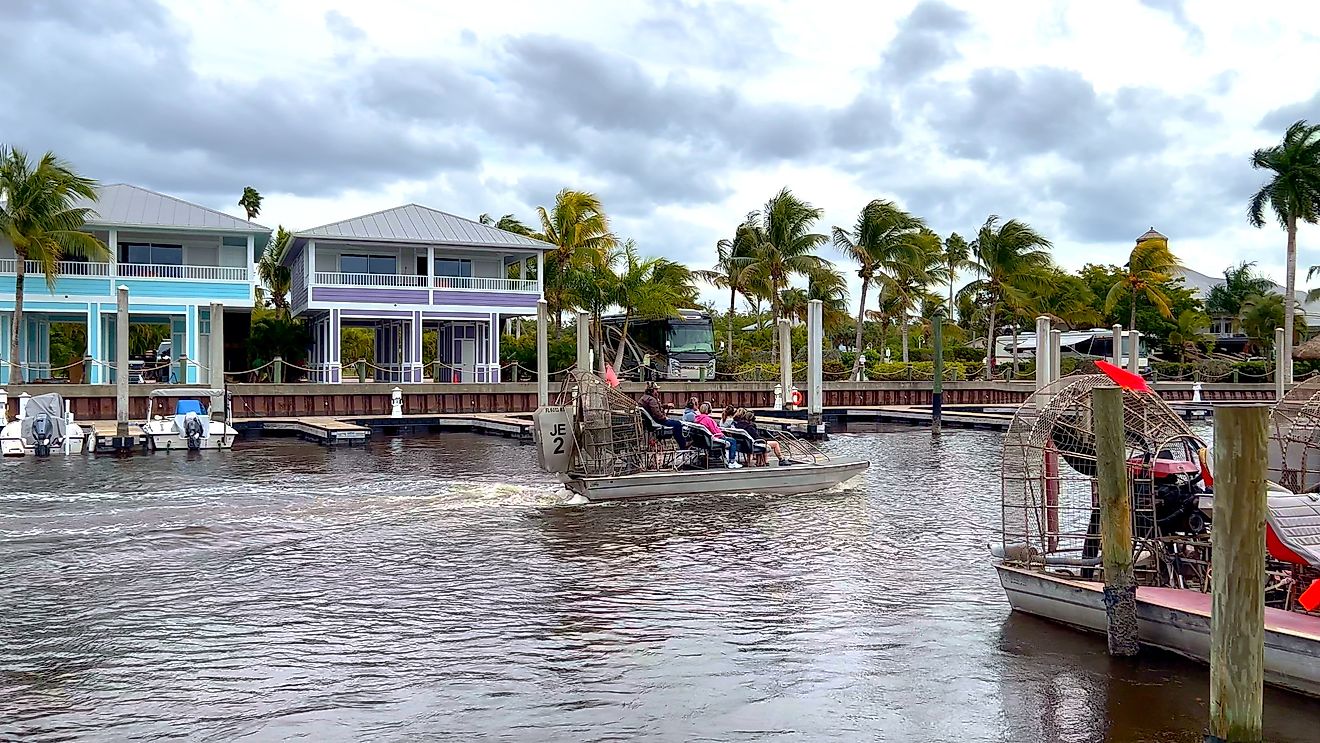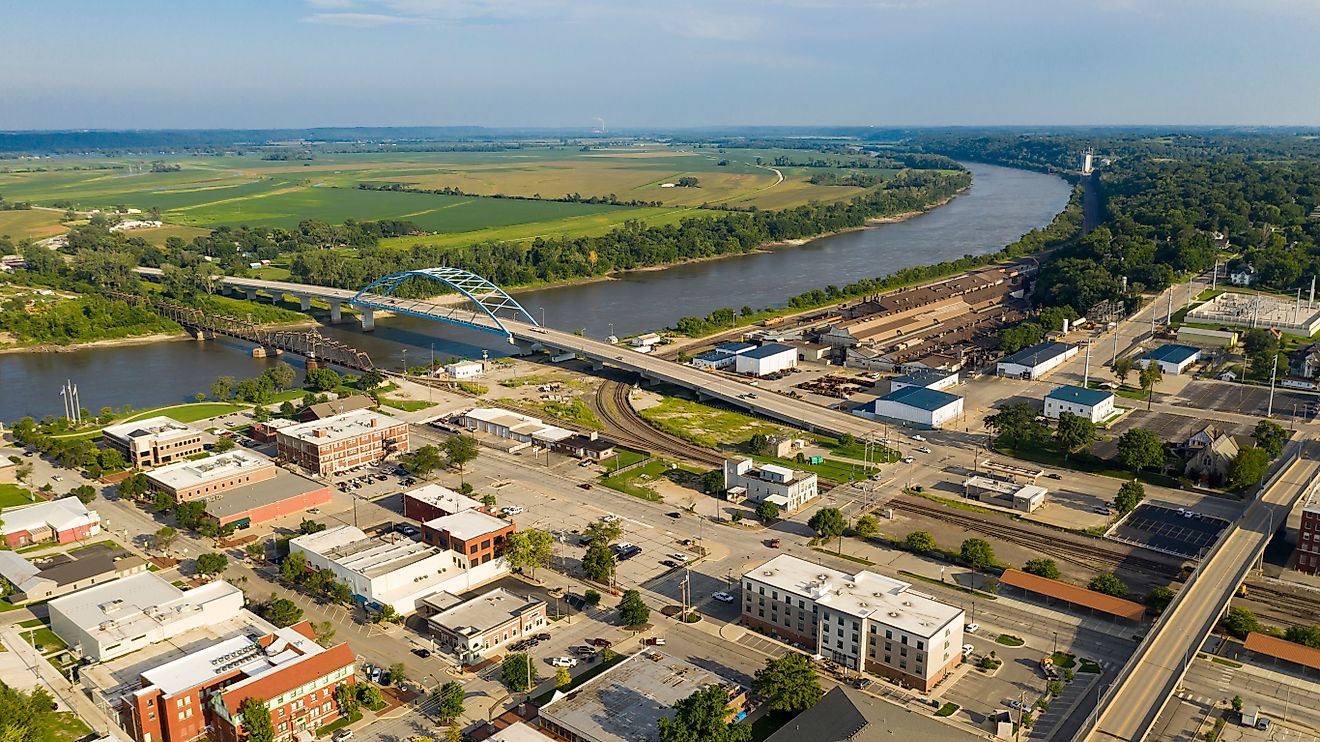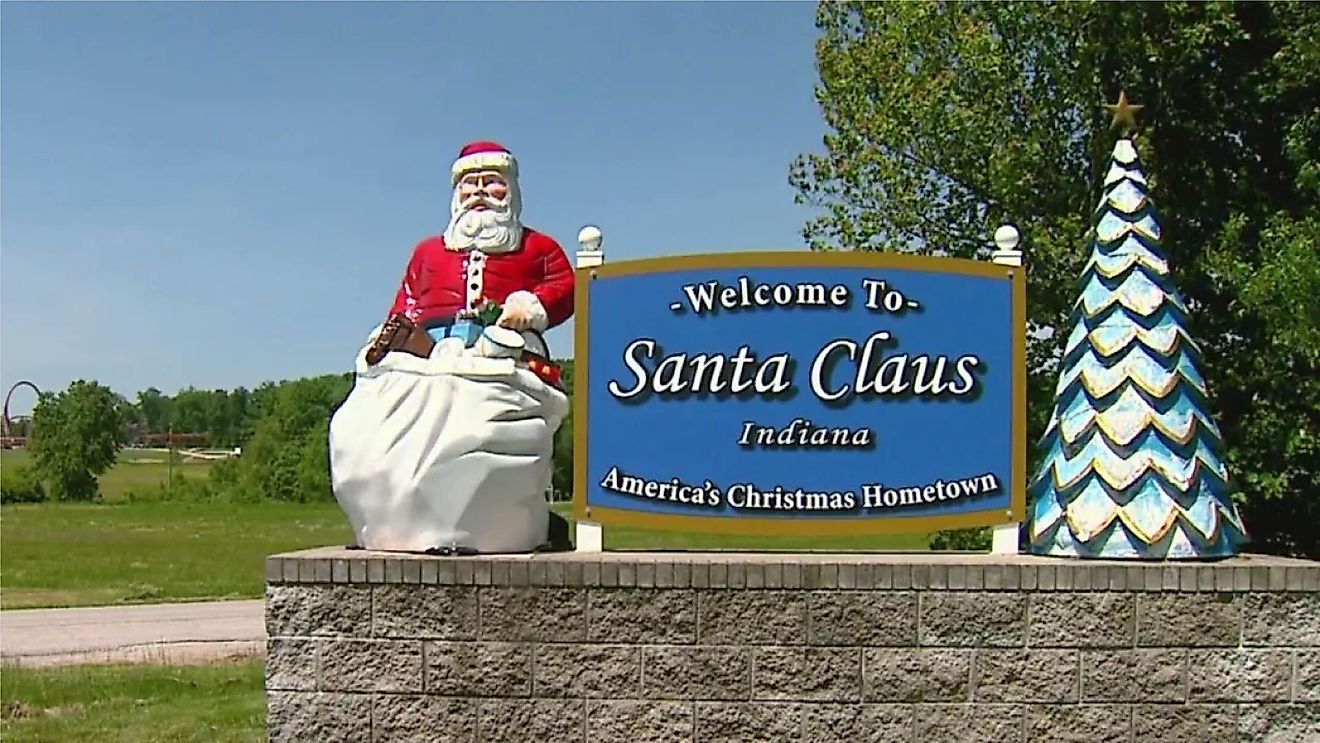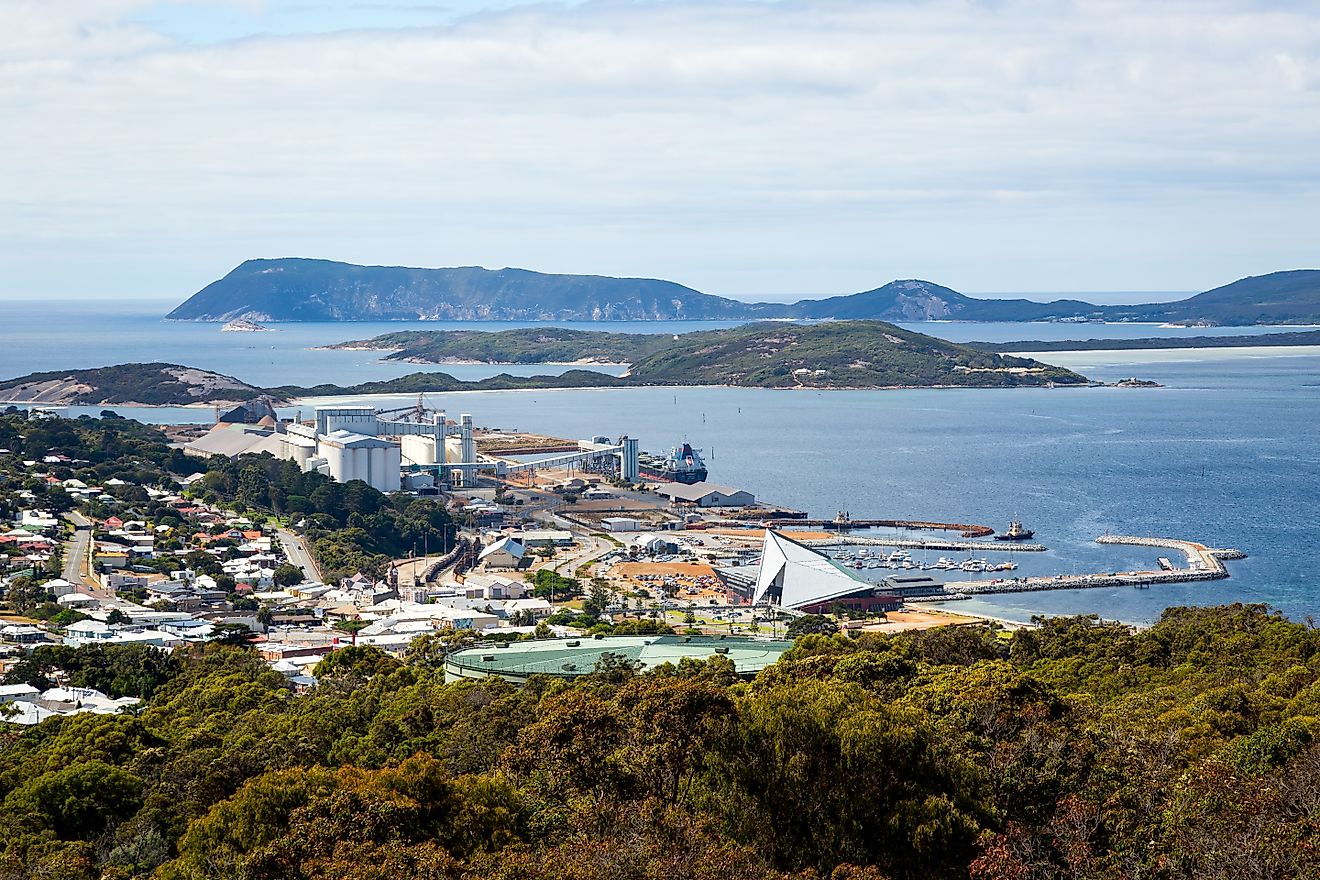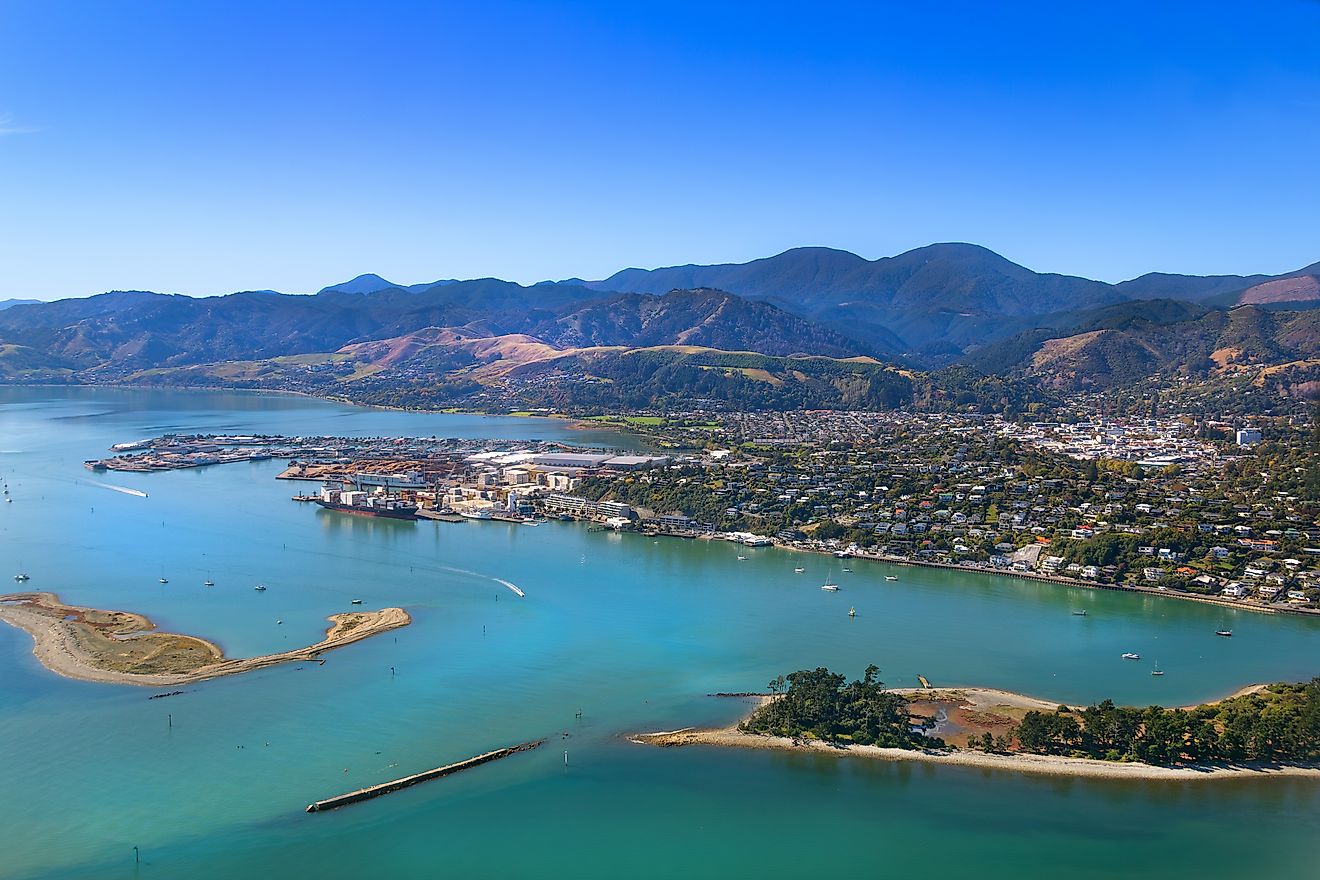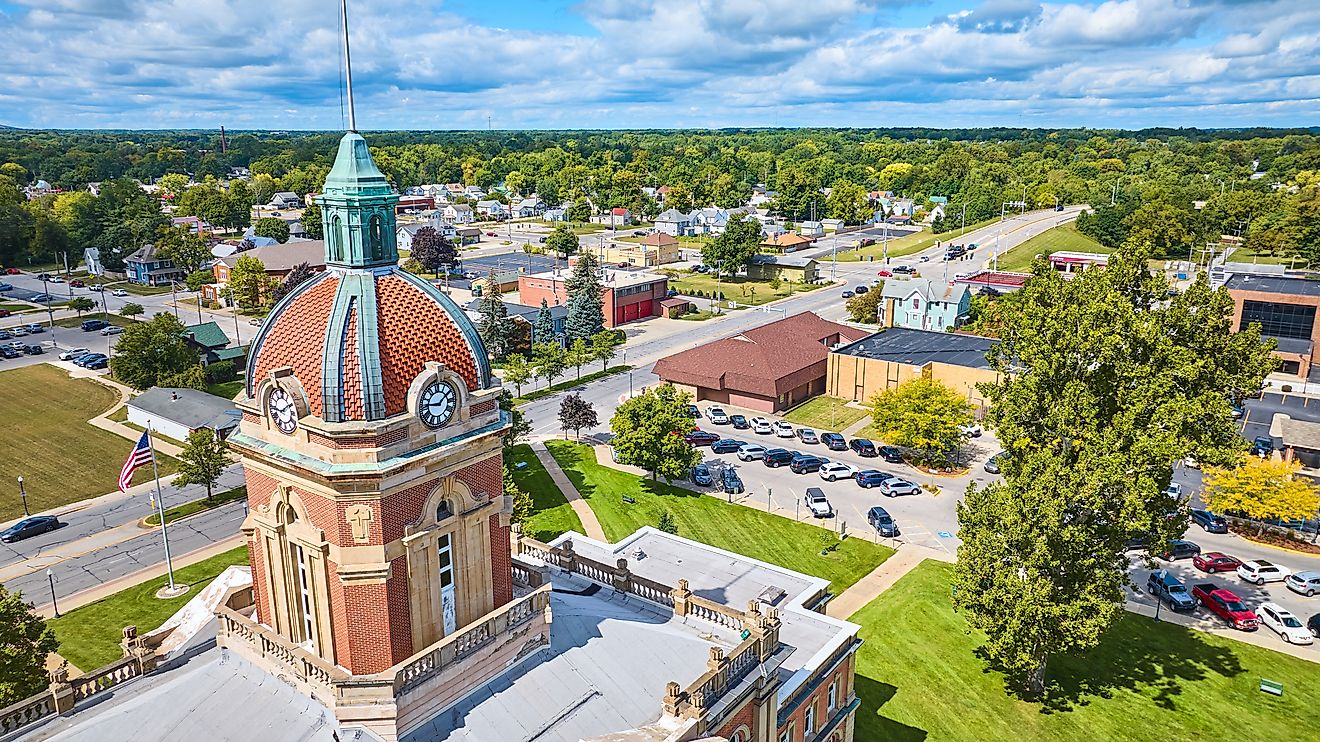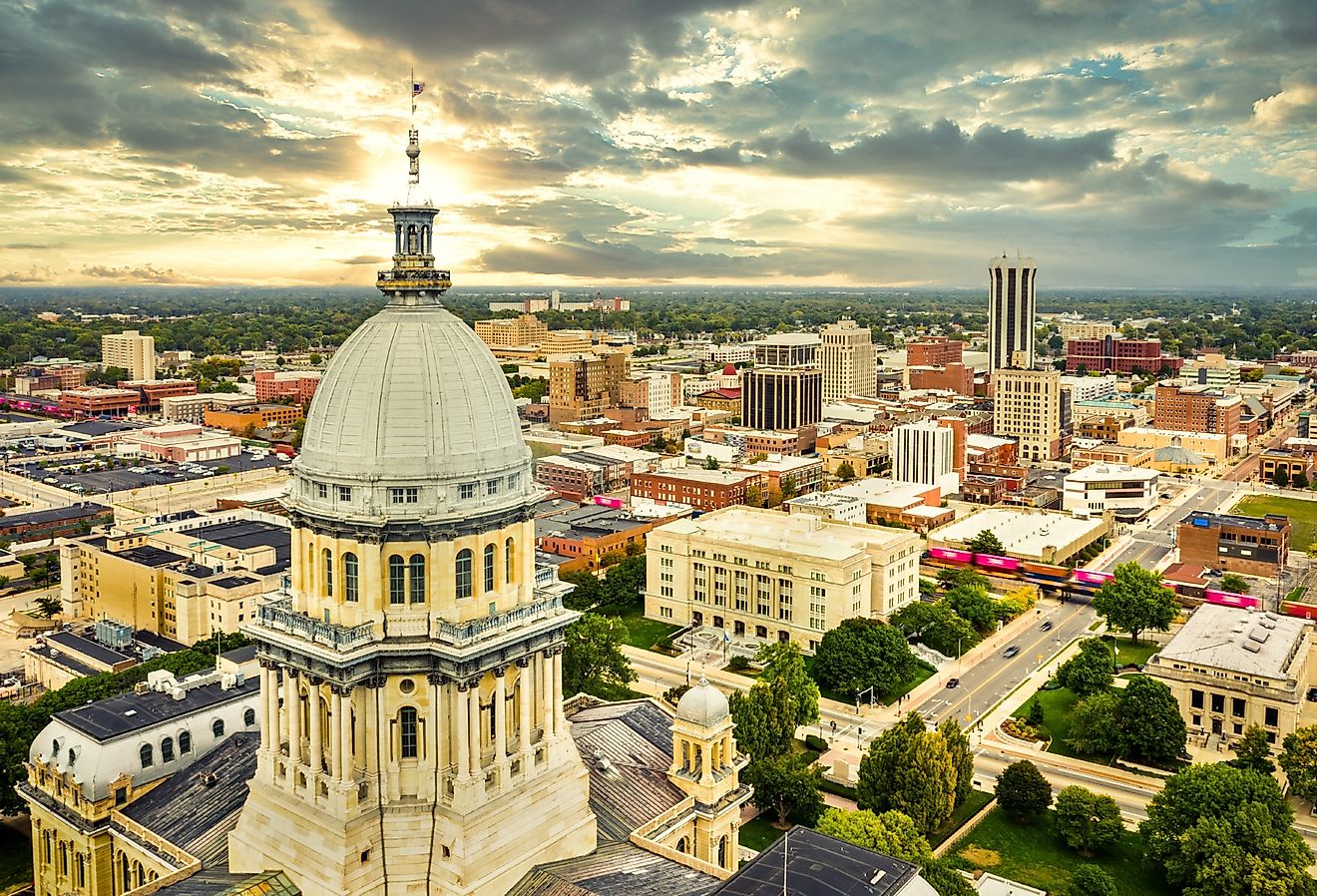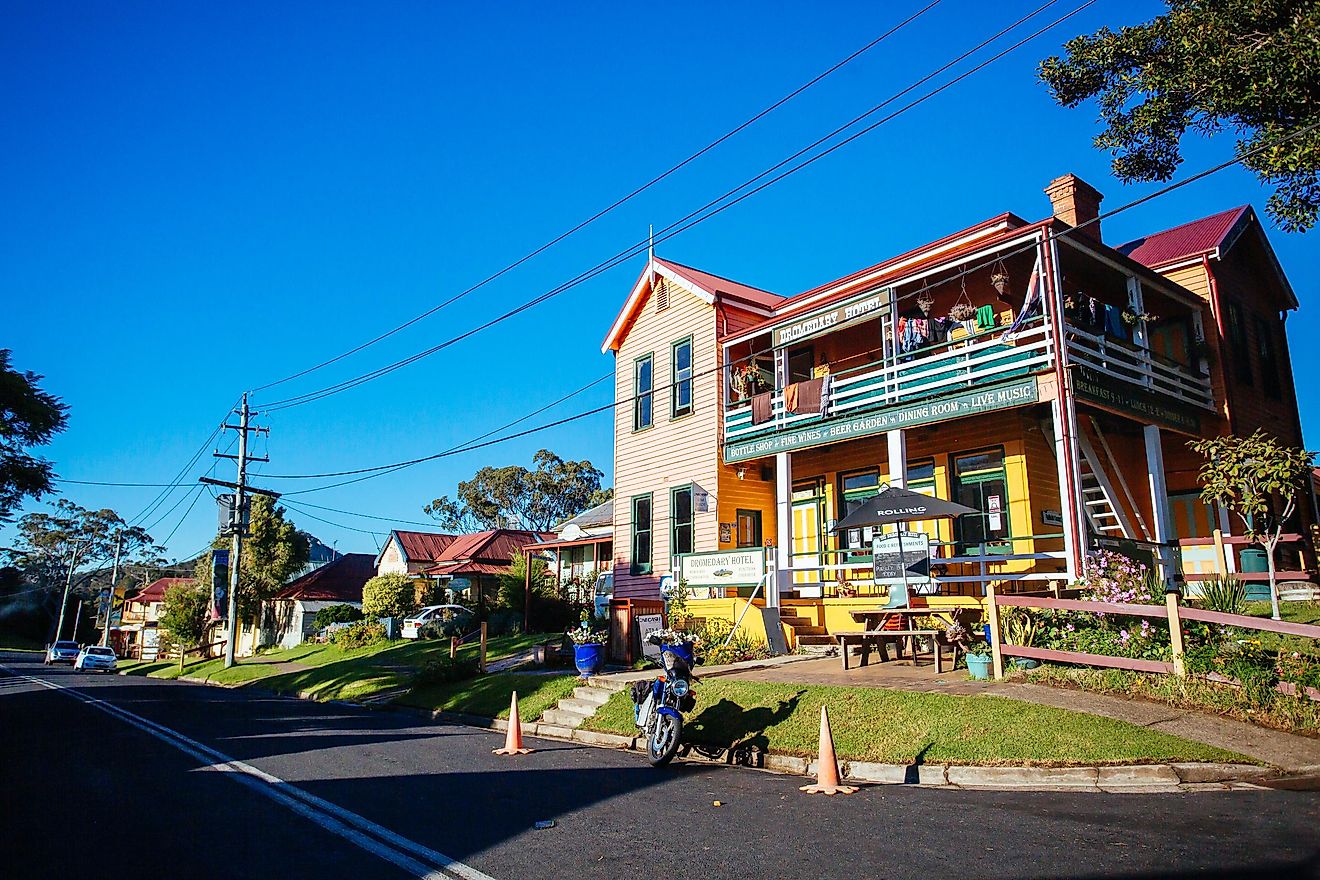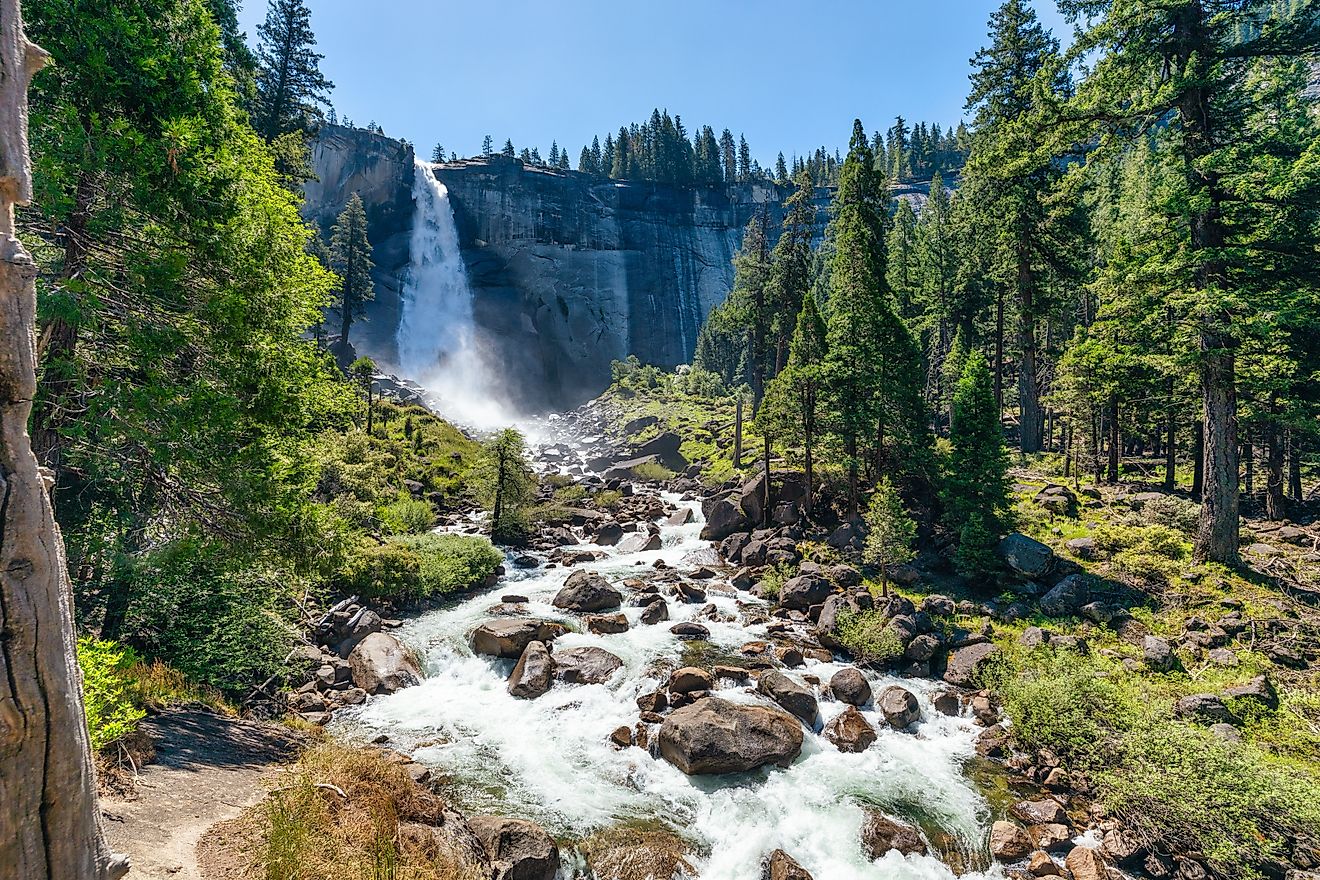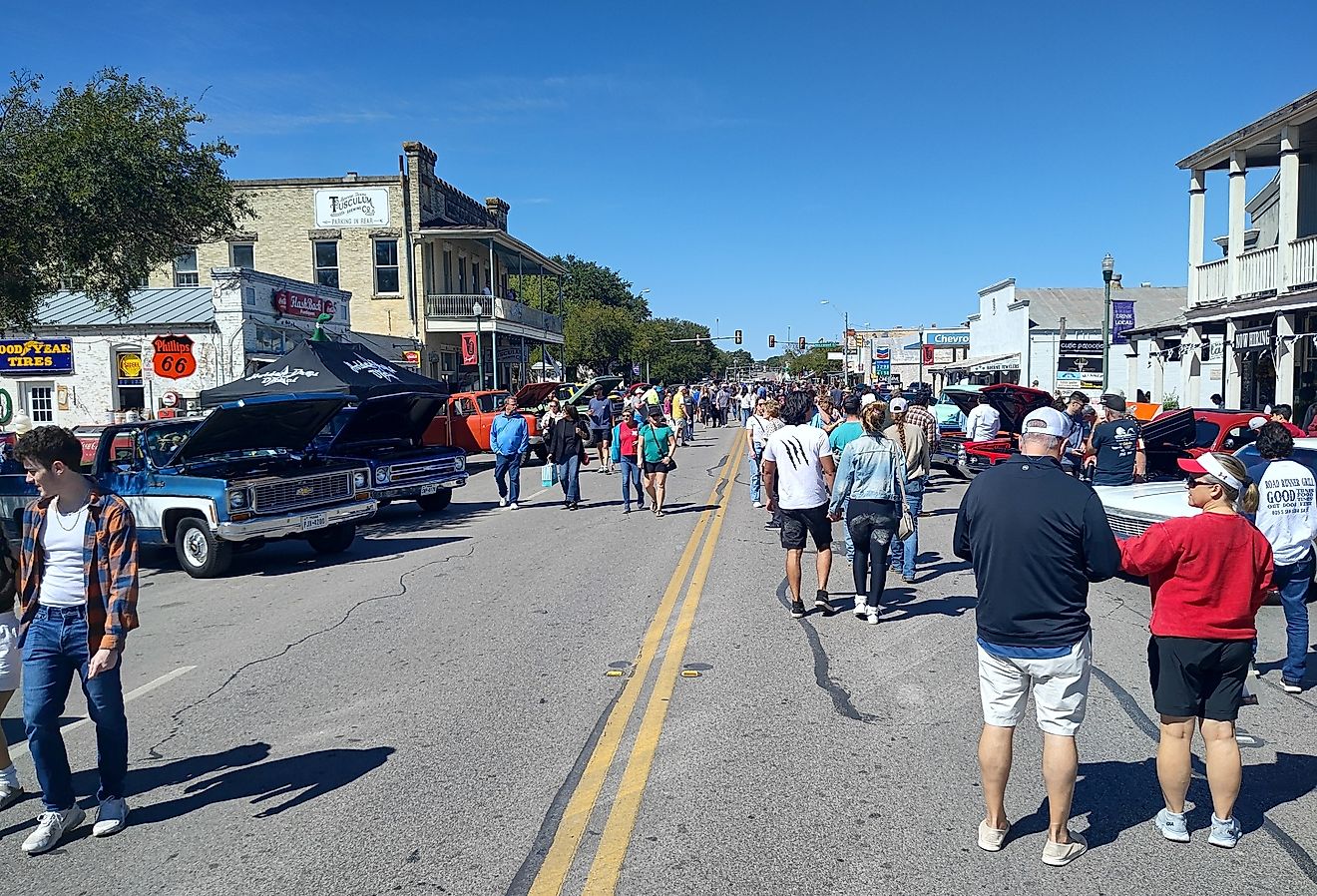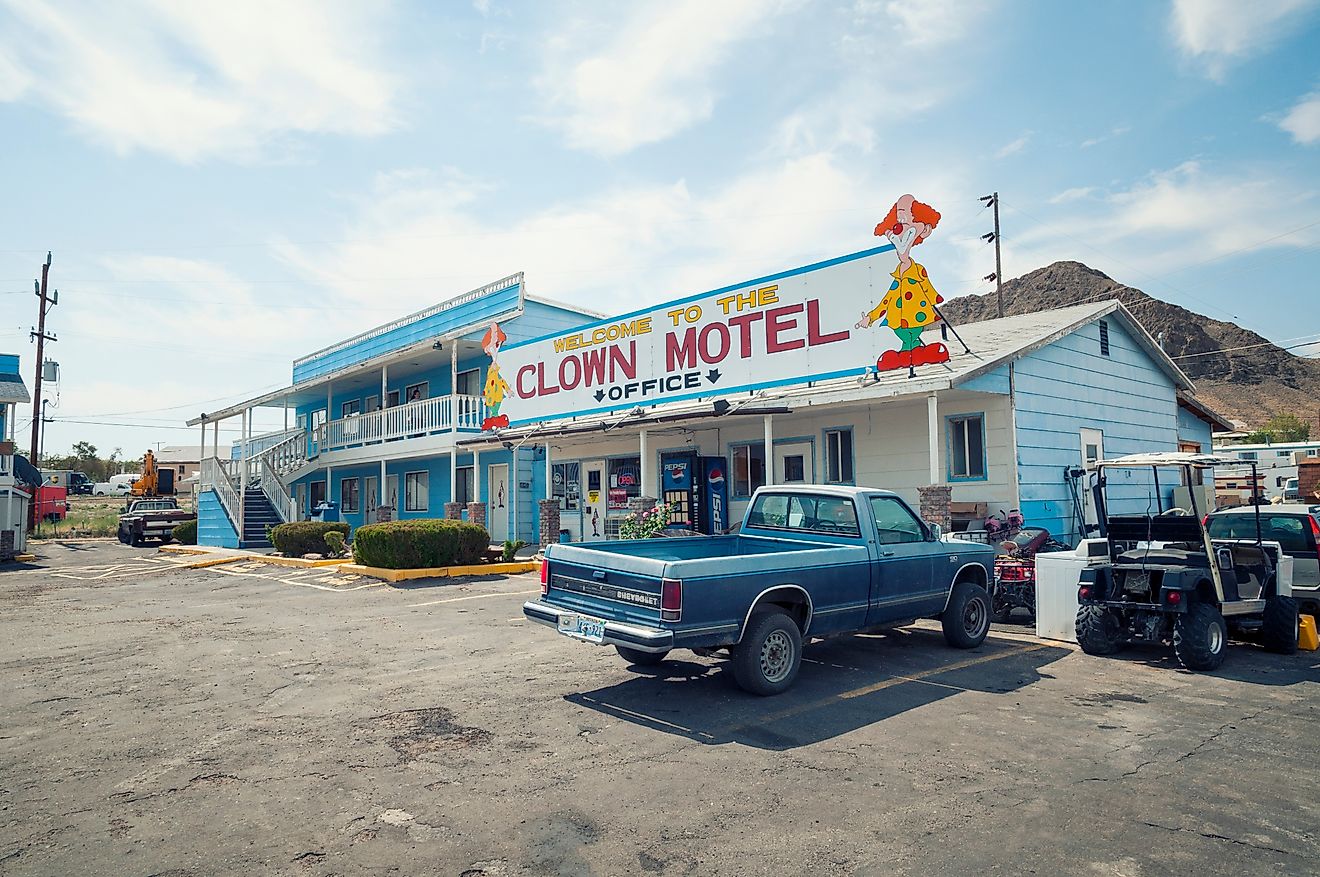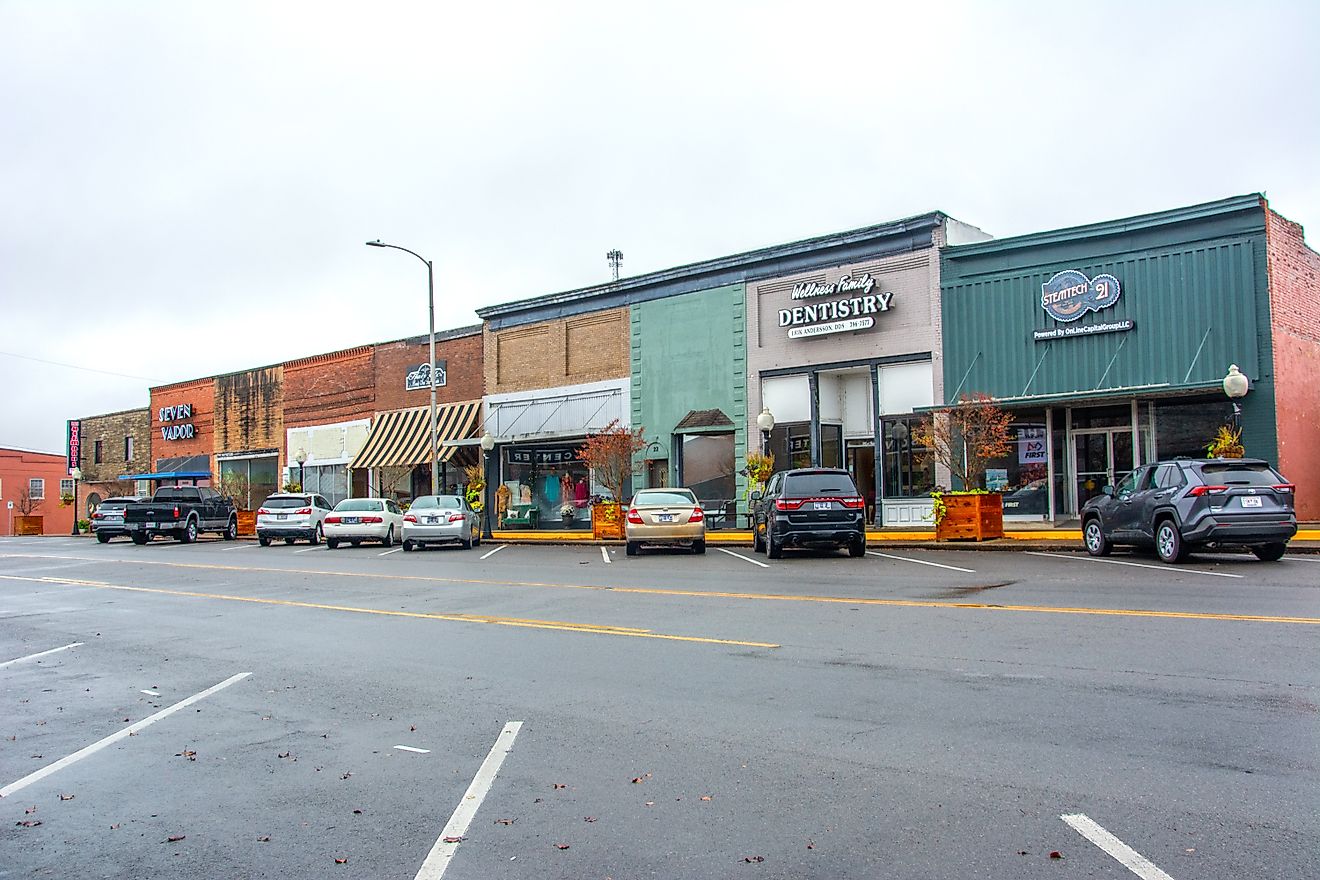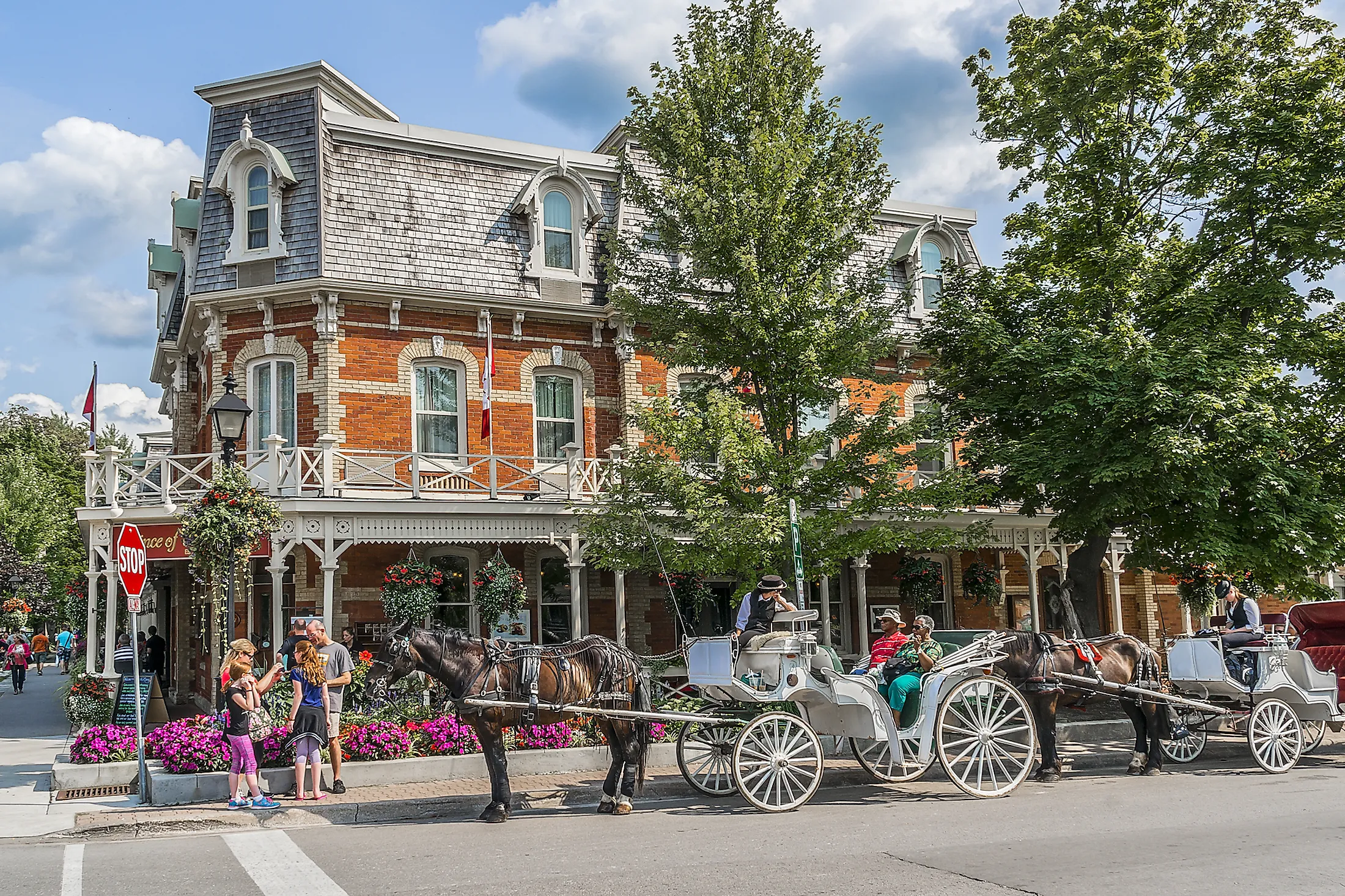
Niagara-on-the-Lake
Niagara on the Lake is a small town in Ontario, Canada, situated on the banks of Lake Ontario at the mouth of the Niagara River. Unlike nearby Niagara Falls, this area is much smaller and quieter, though it is still very popular with tourists. It is best known for being the home of the Shaw theatre festival and housing many award-winning wineries.
History Of Niagara-on-the-Lake
Niagara-on-the-lake is historically significant to Canada. It was the first capital of the then province of 'Upper Canada' (an area which is now Ontario) and was known as Newark from 1792 - 1797. Newark played a key role in the War of 1812, as it was the location of Fort George (built between 1796 and 1799). The fort was one of the main strongholds in the area, but it was invaded and captured by Americans in 1813. It was later retaken by the British before being abandoned in 1815. Some of this fort still remains, but it is mainly a ruin. After Fort George was abandoned, Fort Mississauga was built from 1813 - 1816. While Fort George was located slightly up the Niagara River, Mississauga was established right at the mouth of the Niagara River on Lake Ontario.
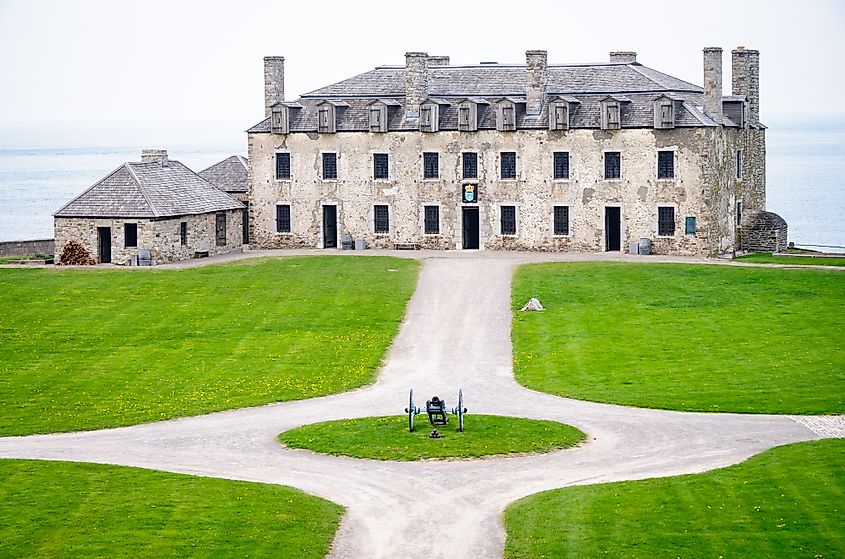
Directly across from this fort, on the American side of the river, sits Fort Niagara. Various important battles took place in this area. In this region, Laura Secord famously walked 32 km out of American occupied land to warn the British soldiers of an impending attack, which made her a Canadian hero, though not until well after her passing. After the war, the town (which had been essentially burnt to the ground) was rebuilt, with the residential area being centered around Queen Street and King Street. A new courthouse was also built here, in a more inland position out of cannon fire range.
Attractions In Niagara-on-the-Lake
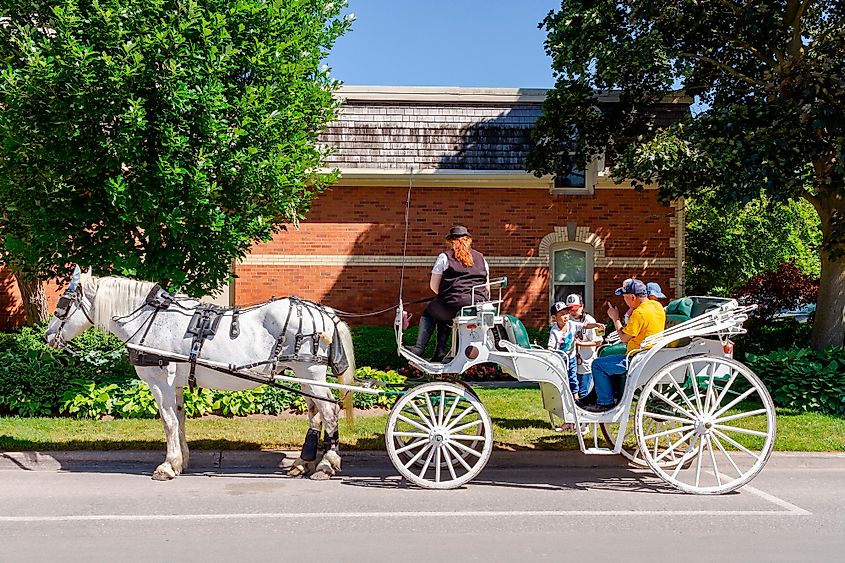
The town is home to the oldest Catholic church in Ontario and the second oldest Anglican church in the province. Other historic buildings include the Butler's Barracks National Historic Site, Niagara-on-the-Lake Museum, Mississauga Point Lighthouse, the impressive Prince of Wales Hotel. The small Niagara-on-the-Lake Golf Course surrounds Fort Mississauga and is the oldest surviving golf course in North America.
Shaw Festival In Niagara-on-the-Lake
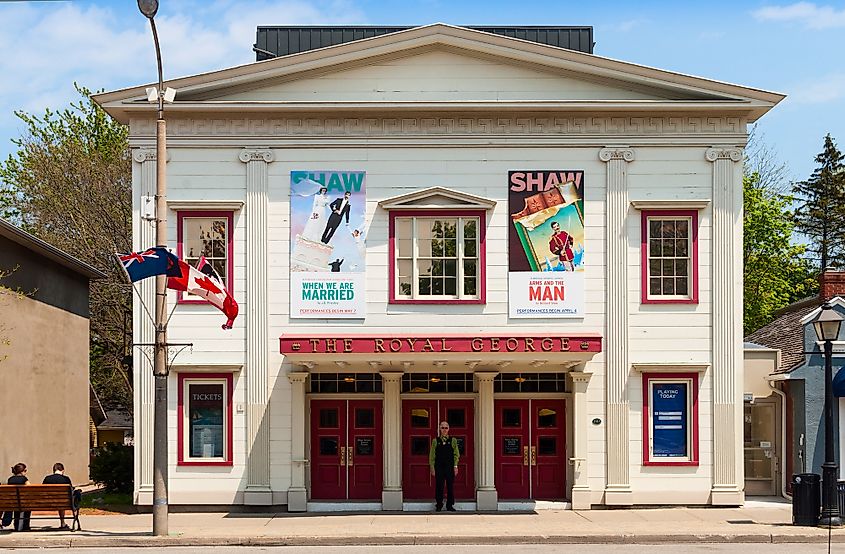
Niagara-on-the-Lake is extremely well known for being the host of the annual Shaw Festival. This theatre festival takes place in town, primarily within the Shaw Festival Theatre. The festival is Canada's second-largest producing theatre. It features works by George Bernard Shaw - for which the theatre and festival are named - and his contemporaries and works taking place between 1856 and 1950. The festival runs from April to December in four theatres: the Festival, The Jackie Maxwell Studio, The Royal George, and the Court House Theatre and produces roughly 750 performances each year, employing more than 500 people. The long-running presence of the festival has created a blossoming artistic culture in the town. It is common for artists to take up residencies in cottages or homes in the area or run workshops where visitors can enjoy the beautiful surroundings while producing various types of art.
Wineries In Niagara-on-the-Lake
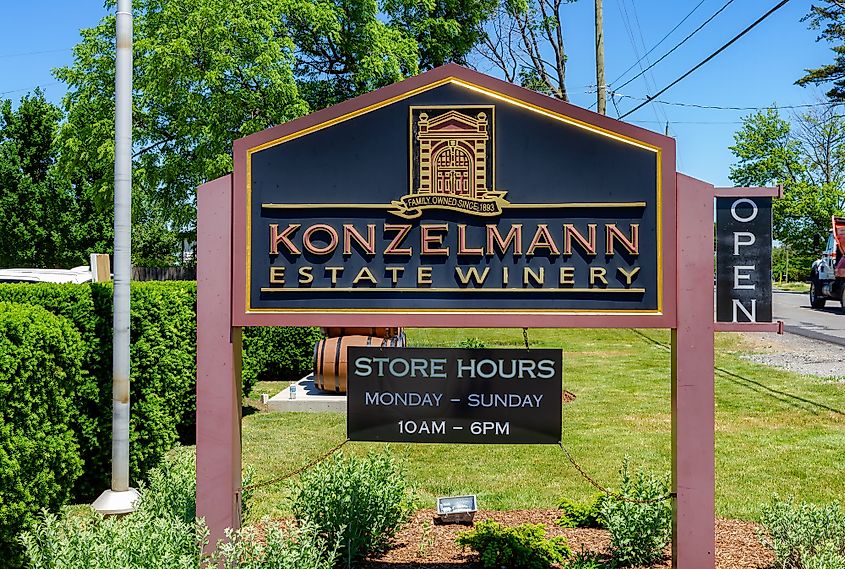
The other thing the Niagara region, and Niagara-on-the-Lake, is very well known for is its wine. There are about 28 different wineries in the area, and the vineyards and orchards can be seen across the lush land in the ideal microclimate of the Niagara escarpment. The wineries in the region range from old, established estate wineries to boutiques and small family-run businesses. Niagara-on-the-Lake also hosts a winter Ice Wine Festival in which it celebrates the unique ice wine, which is an extremely sweet dessert wine made from harvesting grapes after they have frozen. Because of this, ice wine can only be made in very specific climates with the right conditions. Canada is the world's largest producer of ice wines, and produces more ice wine than all other countries put together. Most of this icewine is made in Ontario, and specifically within the Niagara region.
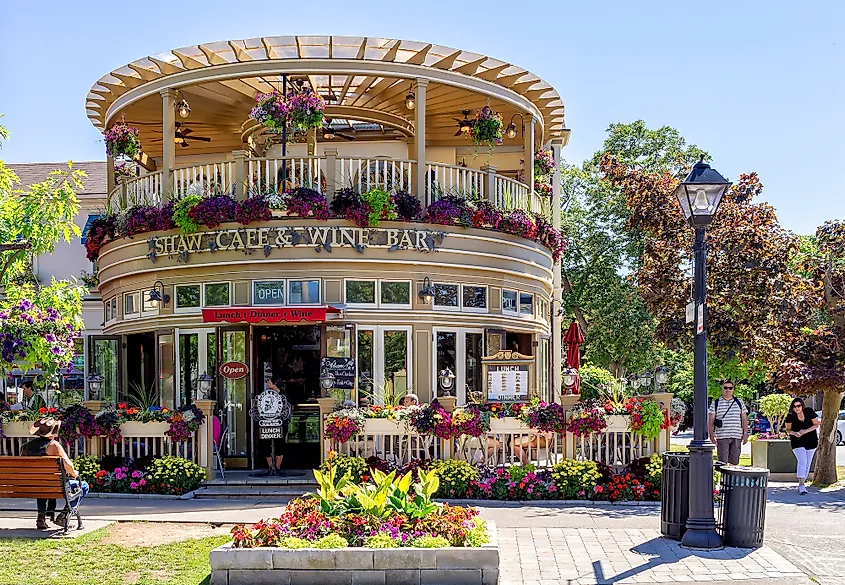
Niagara-on-the-Lake is a unique and charming town that draws large numbers of tourists for its historical buildings, rich arts culture, and distinct wines. Its proximity to the American border and the world-famous Niagara Falls makes it a popular stopping place for those looking for a cute day trip.
